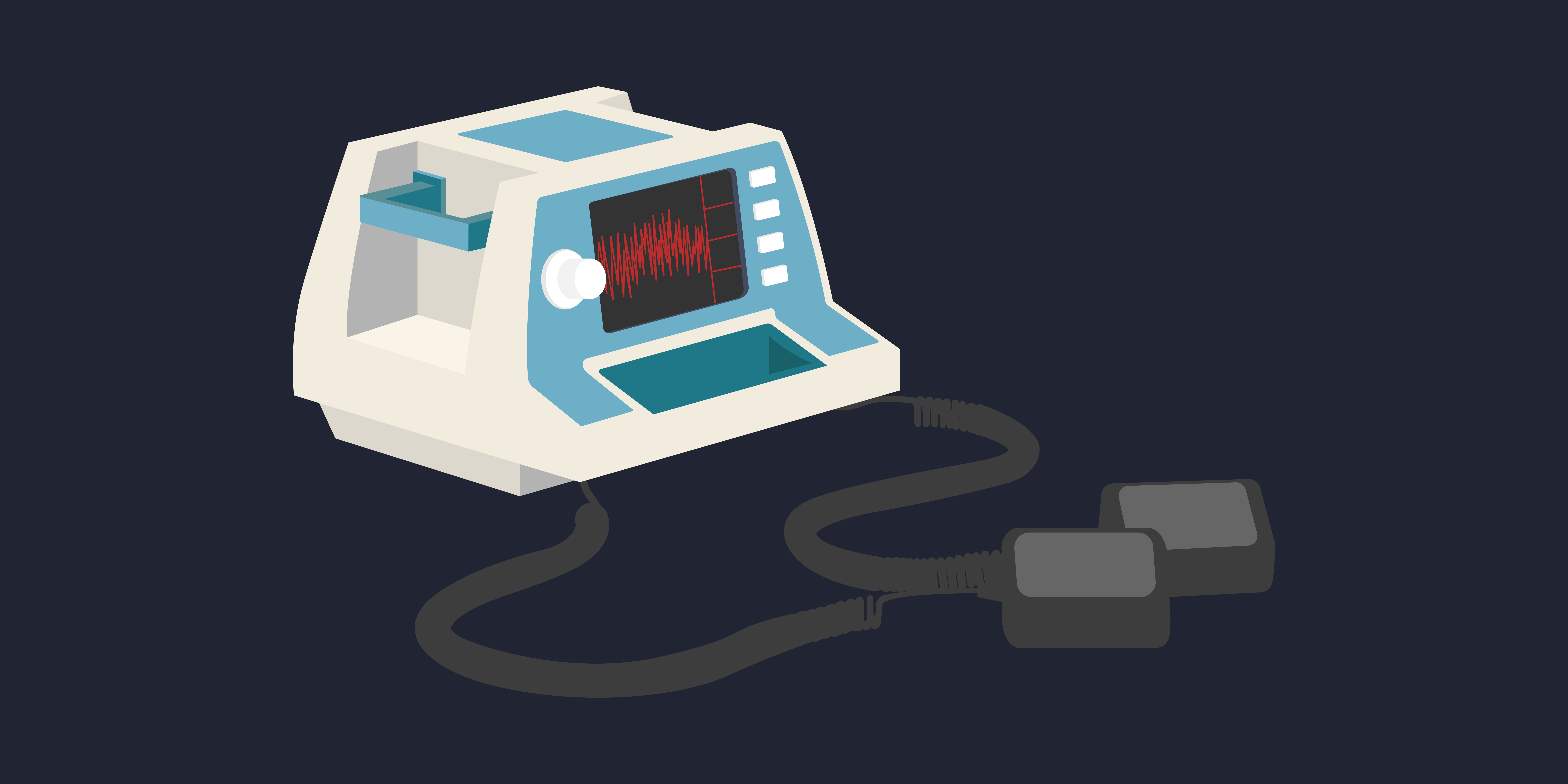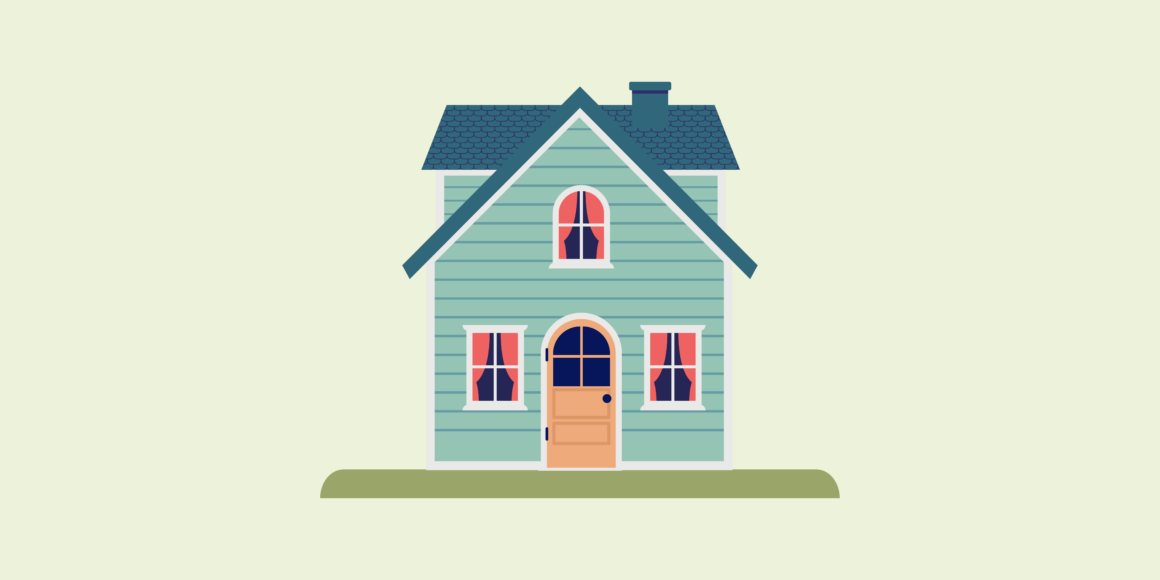Central banks will move to negative interest rates when they’ve exhausted other tools to stimulate a sputtering economy. Such a shift isn’t without implications, but average investors aren’t likely to be as affected as many fear.
Talk of negative interest rates tends to put investors on edge, because the need to move into negative territory carries with it a certain sense of economic doom.
While low rates can have their advantages, negative rates are often seen as a last-ditch effort to stimulate a sputtering economy.
But while negative rates can carry big headlines, it’s important to understand what such a shift means to average consumers and investors – and how rare it really is.
“Whether you’re cutting rates to below zero or you’re cutting rates from 5 to 4.5 per cent, whenever the central bank cuts rates, it is a pessimistic outlook on the economy,” said Paul Shelestowsky, a senior wealth advisor with Meridian in Niagara-on-the-Lake, Ont.
But it’s also a way of injecting cash, and one that comes from the same toolbox as quantitative easing, even if it’s a different instrument.
“It’s never something that needs to necessarily lead to panic,” Shelestowsky added.
“I don’t think it has to be as negative as people perceive it to be because, really, the cost of negative interest rates isn’t intended to be passed on to the average investor.”
A negative interest rate occurs when a central bank sets its benchmark rate below zero, which means the banks will have to pay a fee to store their money at the central bank.
The idea is to encourage banks to deploy their capital into other investments to grow the economy, instead of parking it at the central bank.
“The number one goal of negative interest rates is to stimulate the economy and the reason that it gets to this point is that most other traditional methods have been exhausted,” Shelestowsky said.
Yet despite the uneasiness investors may feel if their country’s central bank decides it needs to go to negative rates, they aren’t the ones who’ll take the biggest hit in such a scenario. The hardest-hit, Shelestowsky says, will be the banks.
“With the negative interest rates, if it costs them more to store money, the costs go up, their profit margin shrinks,” he said.
“If you take negative interest rates to an extreme, it’s almost a punishment on the banks for hoarding cash.”
For the average consumer, this means that weaker borrowers or small businesses may be able to get loans they weren’t eligible for before, and that mortgage and loan rates won’t rise.
Negative rates could also exacerbate the consumer debt problem many countries are grappling with, however, as they will give people access to more cheap debt.
On the investment side, government bonds could see their value drop, while investors whose holdings are weighted heavily toward bank stocks could suffer as those banks’ margins were so tight that their stock price fell. However, that would take years of living in a negative rate environment.
Even at a time when there is much talk about negative interest rates, it’s important to keep the perceived momentum in check, and to remember that what works for one country’s economy may not be the answer for another.
“In a way we are fortunate; we can look to the countries in Europe and say, they did it a year or two years before we did, how did it work for them?,” Shelestowsky said, referring to Germany and Japan’s moves to negative territory in 2015-2016.
“There isn’t any statistical proof right now… but if you look at what the economists are saying in Europe, the consensus is that it isn’t working.”
But “it’s like turning a cruise ship, you can’t really turn 90 degrees all at once, it could takes years to see the full effect.”





